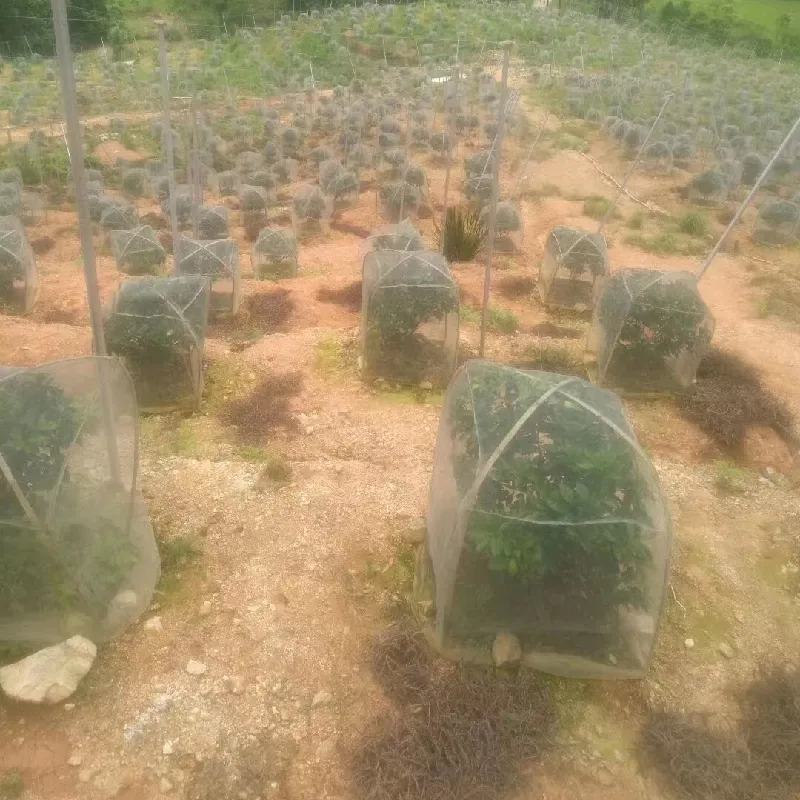-
 Afrikaans
Afrikaans -
 Albanian
Albanian -
 Amharic
Amharic -
 Arabic
Arabic -
 Armenian
Armenian -
 Azerbaijani
Azerbaijani -
 Basque
Basque -
 Belarusian
Belarusian -
 Bengali
Bengali -
 Bosnian
Bosnian -
 Bulgarian
Bulgarian -
 Catalan
Catalan -
 Cebuano
Cebuano -
 China
China -
 Corsican
Corsican -
 Croatian
Croatian -
 Czech
Czech -
 Danish
Danish -
 Dutch
Dutch -
 English
English -
 Esperanto
Esperanto -
 Estonian
Estonian -
 Finnish
Finnish -
 French
French -
 Frisian
Frisian -
 Galician
Galician -
 Georgian
Georgian -
 German
German -
 Greek
Greek -
 Gujarati
Gujarati -
 Haitian Creole
Haitian Creole -
 hausa
hausa -
 hawaiian
hawaiian -
 Hebrew
Hebrew -
 Hindi
Hindi -
 Miao
Miao -
 Hungarian
Hungarian -
 Icelandic
Icelandic -
 igbo
igbo -
 Indonesian
Indonesian -
 irish
irish -
 Italian
Italian -
 Japanese
Japanese -
 Javanese
Javanese -
 Kannada
Kannada -
 kazakh
kazakh -
 Khmer
Khmer -
 Rwandese
Rwandese -
 Korean
Korean -
 Kurdish
Kurdish -
 Kyrgyz
Kyrgyz -
 Lao
Lao -
 Latin
Latin -
 Latvian
Latvian -
 Lithuanian
Lithuanian -
 Luxembourgish
Luxembourgish -
 Macedonian
Macedonian -
 Malgashi
Malgashi -
 Malay
Malay -
 Malayalam
Malayalam -
 Maltese
Maltese -
 Maori
Maori -
 Marathi
Marathi -
 Mongolian
Mongolian -
 Myanmar
Myanmar -
 Nepali
Nepali -
 Norwegian
Norwegian -
 Norwegian
Norwegian -
 Occitan
Occitan -
 Pashto
Pashto -
 Persian
Persian -
 Polish
Polish -
 Portuguese
Portuguese -
 Punjabi
Punjabi -
 Romanian
Romanian -
 Russian
Russian -
 Samoan
Samoan -
 Scottish Gaelic
Scottish Gaelic -
 Serbian
Serbian -
 Sesotho
Sesotho -
 Shona
Shona -
 Sindhi
Sindhi -
 Sinhala
Sinhala -
 Slovak
Slovak -
 Slovenian
Slovenian -
 Somali
Somali -
 Spanish
Spanish -
 Sundanese
Sundanese -
 Swahili
Swahili -
 Swedish
Swedish -
 Tagalog
Tagalog -
 Tajik
Tajik -
 Tamil
Tamil -
 Tatar
Tatar -
 Telugu
Telugu -
 Thai
Thai -
 Turkish
Turkish -
 Turkmen
Turkmen -
 Ukrainian
Ukrainian -
 Urdu
Urdu -
 Uighur
Uighur -
 Uzbek
Uzbek -
 Vietnamese
Vietnamese -
 Welsh
Welsh -
 Bantu
Bantu -
 Yiddish
Yiddish -
 Yoruba
Yoruba -
 Zulu
Zulu
Benefits of Using White Bird Netting for Bird Control and Protection
The Importance of White Bird Netting in Modern Agriculture
In recent years, the agricultural industry has been increasingly adopting innovative solutions to protect crops from various pests and environmental challenges. One such solution that has gained popularity is white bird netting. This specialized netting serves as a protective barrier against birds and other wildlife, ensuring the safety and integrity of crops throughout their growth cycle. In this article, we will explore the benefits, applications, and best practices associated with white bird netting in modern farming.
White bird netting is specifically designed to deter birds and other animals from feeding on fruits, vegetables, and grains. The netting is typically made from durable materials like polyethylene or polypropylene, which provide both strength and flexibility. The white color of the netting serves a dual purpose it reflects sunlight, which helps to maintain a cooler environment under the netting, and its visibility helps to prevent birds from attempting to breach the barrier.
One of the primary benefits of using white bird netting is its effectiveness in reducing crop losses. Birds can be voracious feeders, and their presence in fields can lead to significant damage in a short amount of time. By installing bird netting, farmers can minimize their losses and ensure a higher yield at harvest time. This is especially crucial for high-value crops such as berries, cherries, and vineyard grapes, where even minor losses can translate into substantial financial setbacks.
In addition to protecting crops from birds, white bird netting provides a physical deterrent against other wildlife, such as squirrels and raccoons. Many farmers have reported reduced incidents of damage to their crops after implementing netting solutions. Moreover, the netting allows for adequate sunlight and moisture to reach the plants, promoting healthy growth without compromising safety.
white bird netting

The applications of white bird netting are vast. It can be used in a variety of agricultural settings, from small family-run farms to large-scale commercial operations. The netting can be draped over rows of plants, stretched across larger fields, or installed around orchards and vineyards. Its versatility makes it an ideal choice for different cropping systems and environments.
When installing white bird netting, there are several best practices that farmers should consider to maximize its effectiveness. First, it is essential to securely anchor the netting to the ground to prevent birds from slipping under or lifting the edges. Using weights or stakes can help keep the net in place during windy conditions. Additionally, farmers should regularly inspect the netting for any tears or holes that may develop, as these can compromise its efficacy.
Furthermore, timing is crucial when using bird netting. To maximize its protective benefits, farmers should put the netting in place before the fruit begins to ripen or when the crop is at its most vulnerable stage. This proactive approach will help safeguard the harvest from the onset of bird activity.
In conclusion, white bird netting has emerged as a significant asset in modern agriculture, offering a practical solution to one of the industry's persistent challenges wildlife damage. By effectively deterring birds and other pests, farmers can protect their crops, ensure better yields, and enhance their overall profitability. As agriculture continues to evolve, the use of such innovative protective measures will play an essential role in sustainable farming practices, ultimately benefiting both farmers and consumers alike.
-
Stainless Steel Mesh SolutionsNewsMay.06,2025
-
Protecting Your Farm with Smart SolutionsNewsMay.06,2025
-
Practical Mesh Solutions for Your Home and GardenNewsMay.06,2025
-
Nylon Mesh SolutionsNewsMay.06,2025
-
Fish Breeding Nets for AquariumsNewsMay.06,2025
-
Essential Mesh Solutions for ConstructionNewsMay.06,2025











